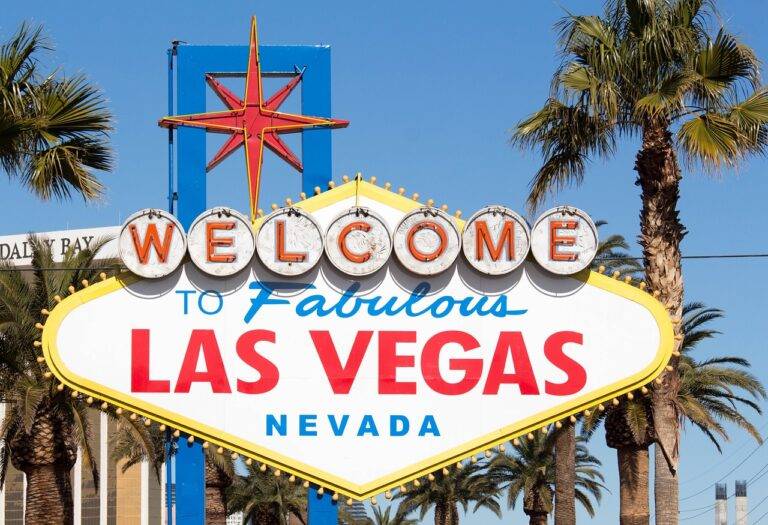Exploring Iconic Libraries and Bookstores: A Literary Journey
Visiting iconic libraries and bookstores around the world offers a unique glimpse into the cultural and intellectual treasures of different societies. With diverse collections spanning centuries, these institutions serve as invaluable hubs of knowledge and creativity. From the grandeur of the Library of Congress in Washington D.C. to the cozy charm of Shakespeare and Company in Paris, each establishment tells its own rich story through its architecture, design, and selection of literature.
Exploring these iconic libraries and bookstores not only allows one to connect with literary history but also provides insight into the evolution of reading and learning practices. Whether it’s the ancient manuscripts housed in the Bodleian Library in Oxford or the innovative design of the Seattle Central Library, each location showcases a unique blend of tradition and modernity. By immersing oneself in these spaces, one can appreciate the enduring power of books and the enduring influence of these institutions on our shared cultural heritage.
The History and Architecture of Famous Libraries
One of the most iconic libraries in the world is the Library of Congress in Washington, D.C., USA. Established in 1800, it is the largest library in the world by shelf space and number of books. The library’s architecture is a blend of classical and neoclassical styles, with its impressive dome and grand marble interiors.
Another renowned library is the Bodleian Library in Oxford, England, which has a rich history dating back to the 14th century. The Bodleian’s distinctive architecture includes a mix of Gothic and Neoclassical elements, reflecting the various periods of its expansions and renovations over the centuries. With its vast collection of over 12 million items, the Bodleian Library stands as a symbol of academic excellence and preservation of knowledge.
What are some iconic libraries and bookstores around the world?
Some iconic libraries and bookstores around the world include the Library of Congress in Washington, D.C., the British Library in London, and Shakespeare and Company in Paris.
What is the history behind famous libraries?
Famous libraries have a rich history that often dates back centuries, with many of them originally serving as repositories of knowledge for royalty, scholars, or religious institutions.
How does the architecture of famous libraries contribute to their appeal?
The architecture of famous libraries often reflects the time period and culture in which they were built, with stunning designs and intricate details that make them both functional and aesthetically pleasing.
What can visitors expect to see and experience at famous libraries?
Visitors to famous libraries can expect to see rare and valuable collections of books, manuscripts, and artifacts, as well as beautifully designed reading rooms and exhibition spaces.





